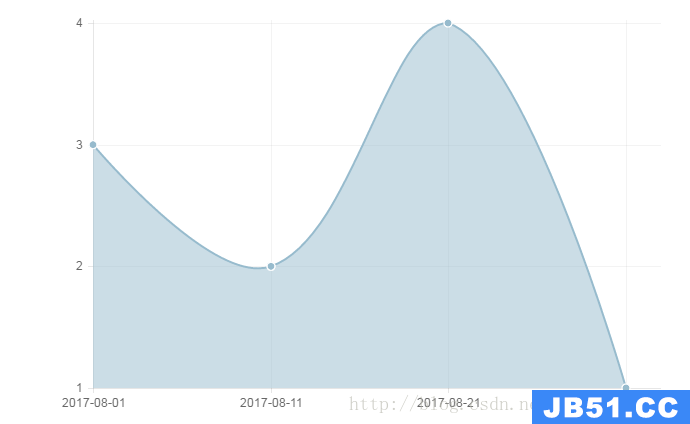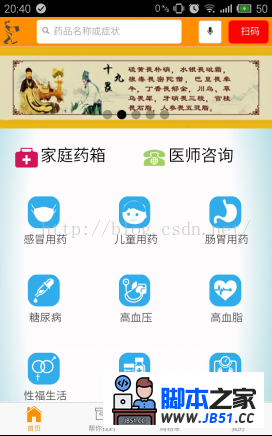概述
在组件交互中,组件之间的镶嵌一般有两种方式:
- 在创建父组件时将子组件直接写在模版中。
- 子组件通过投影方式嵌入父级组件,通过
ng-content形式。
在这两种情况下,如果我们需要访问子组件的公开属性或方法,就需要使用 @ViewChild 与 @ContentChild 装饰器了。他们依次代表上面的两种情况,具体使用如下。
实例
对于第一种(@ViewChild()):
// template
<app-list></app-list>
// ts
// 父组件
@Component({
selector: 'app-list',
// 子组件,定义在组件内
template: `
<app-list-item></app-list-item>
`
})
export class ListComponent implements OnInit {
// 通过 @ViewChild 装饰器声明子组件
@ViewChild(TreeListComponent) listItem: TreeListComponent;
// 在 OnInit 阶段获取子组件的实例
ngOnInit() {
// 即这里可以使用子组件实例公开的变量与方法
console.log(this.listItem);
}
}
第二种形式(@ContentChild()):
// template
<app-list>
<app-list-item></app-list-item>
</app-list>
// ts
// 父组件
@Component({
selector: 'app-list',
// 子组件,通过投影方式嵌入
template: `
<ng-content></ng-content>
`
})
export class ListComponent implements OnInit {
// 通过 @ContentChild 装饰器声明嵌入的组件
@ContentChild(TreeListComponent) listItem: TreeListComponent;
// 在 OnInit 阶段获取子组件的实例
ngOnInit() {
// 即这里可以使用嵌入的组件实例公开的变量与方法
console.log(this.listItem);
}
}
注意:如果需要子组件的实例,需在 OnInit 阶段及之后才能获取到。

 AngularJS中使用Chart.js制折线图与饼图实例 Chart.js 是...
AngularJS中使用Chart.js制折线图与饼图实例 Chart.js 是... IE浏览器兼容性后续前言 继续尝试解决IE浏览器兼容性问题,...
IE浏览器兼容性后续前言 继续尝试解决IE浏览器兼容性问题,... Angular实现下拉菜单多选写这篇文章时,引用文章地址如下:h...
Angular实现下拉菜单多选写这篇文章时,引用文章地址如下:h... 在AngularJS应用中集成科大讯飞语音输入功能前言 根据项目...
在AngularJS应用中集成科大讯飞语音输入功能前言 根据项目... Angular数据更新不及时问题探讨前言 在修复控制角标正确变...
Angular数据更新不及时问题探讨前言 在修复控制角标正确变...